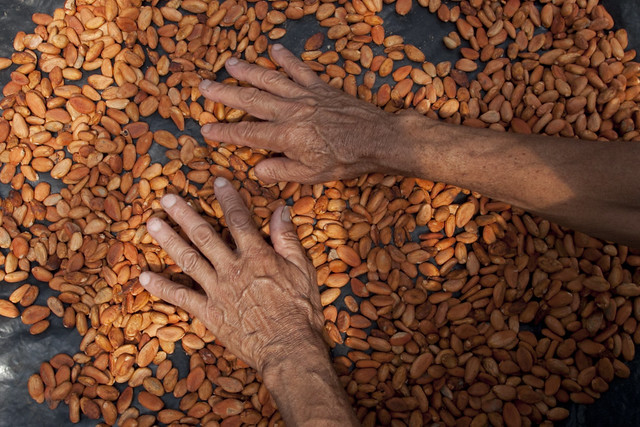In recent years, the Honduran economy has grown moderately, with real GDP increasing by 3.6% in 2024, similar to the growth registered in 2023. This growth is due to robust remittances, lower inflation, and greater access to credit, which boosted consumption and private investment, offsetting weak international demand and adverse climatic factors such as Tropical Storm Sara.
A slowdown in GDP growth is projected, with growth of 2.8% in 2025 and 3.4% in 2026. This is due to a low dynamism in exports, a deceleration of credit expansion, and greater global uncertainty.. Improvements in agricultural production and public investment could partially mitigate these effects. Although remittances will continue to slow down, they will still represent about a quarter of GDP in the near future. From 2027 onwards, the economy of the country is expected to gain strength gradually, driven by favorable global conditions and more dynamic investment, both public and private.
In 2024, the annual inflation rate fell to 4.6%, within the target range set by the Central Bank (between 4 and 5 percentage points). This decline was driven by falling international prices and liquidity absorption measures instituted by the same institution.
Honduras has made progress in reducing poverty, although it remains among the poorest and most unequal countries in Latin America and the Caribbean. It is estimated that poverty, at the threshold of $6.85 per capita per day (2017 PPP), remained relatively stable at 49.3% of the population in 2024 (compared to 49.5% in 2023). Additionally, poverty below the threshold of $2.15 per capita per day remains high, reaching 12.4% of the population in 2024.
Human development outcomes in the country are among the lowest in the region. According to the World Bank's Human Capital Index, a child born in Honduras will be almost half (48%) as productive when they grow up as they could be if they received a complete education and enjoyed full health.
To create more opportunities for the Honduran population, especially the most vulnerable, it is necessary to foster greater economic growth, increase productivity and competitiveness, and promote inclusion by improving access to basic quality services and jobs. At the same time, institutional reforms in critical areas such as energy sector sustainability, governance, and the business environment must be carried out.
Last Updated: Apr 23, 2025


